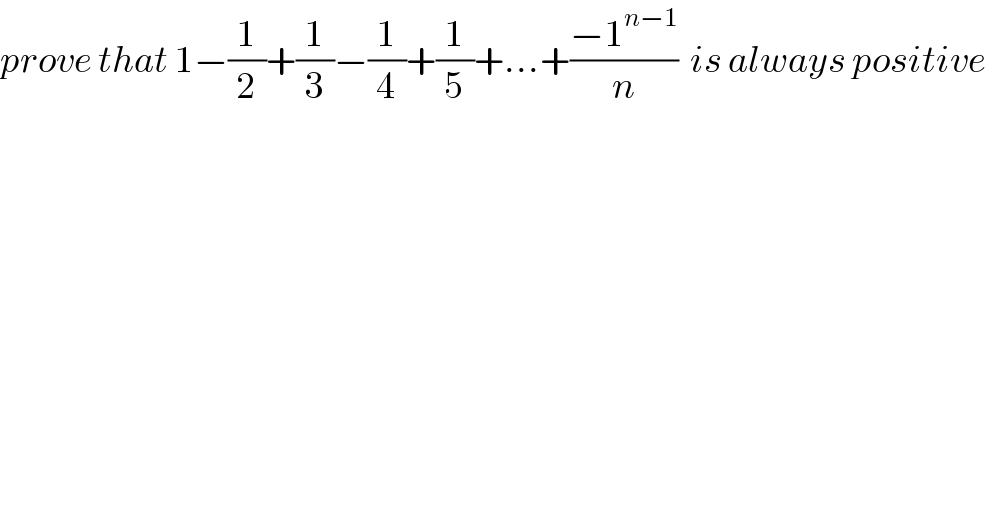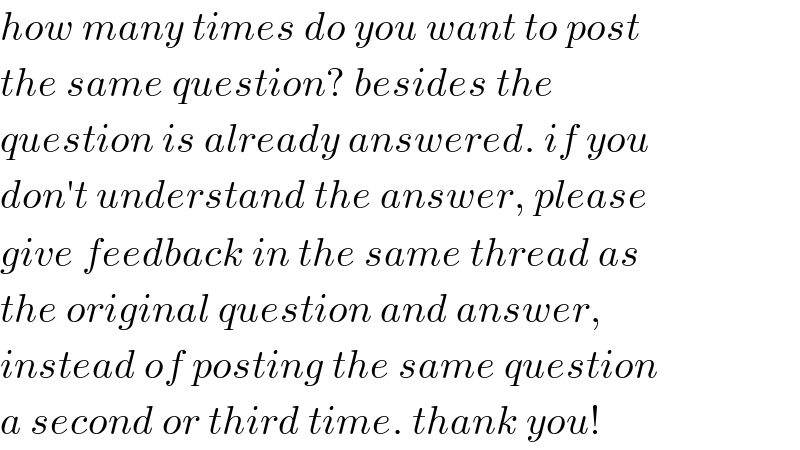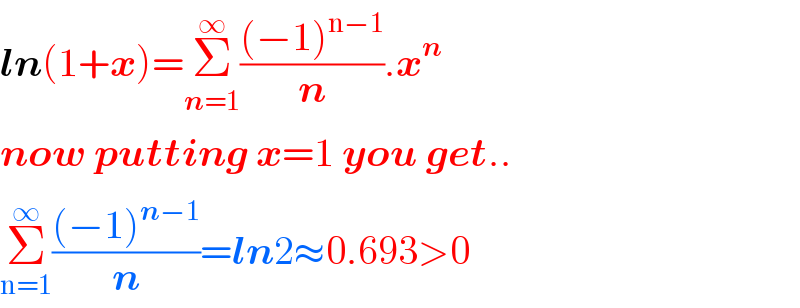
Question and Answers Forum
Question Number 96951 by aurpeyz last updated on 05/Jun/20

Commented by mr W last updated on 05/Jun/20

Commented by mr W last updated on 05/Jun/20

Commented by mr W last updated on 05/Jun/20

Commented by aurpeyz last updated on 05/Jun/20

Commented by aurpeyz last updated on 05/Jun/20

Answered by Sourav mridha last updated on 06/Jun/20

